26 September 2017
Pirate treasure: Black Sails lands on Showmax
The “X” in Showmax marks the spot when TV treasure Black Sails (2014-2017, Seasons 1-3 are now available for streaming) comes aboard. The series is a prequel to Robert Louis Stevenson’s 1883 novel Treasure Island and follows the double-crossing, cutthroat adventures of Captain James Flint (Toby Stephens) as he sets about creating a pirate haven on New Providence Island in the Bahamas during the early 1700s. Pirates real and fictional from Long John Silver (Luke Arnold) and Billy Bones (Tom Hopper), to Jack Rackham (Toby Schmidtz) and Anne Bonny (Clara Paget) become legends under the black sail as tales of their cunning and greed spread terror across the seas. Watch now »
The series was shot primarily in Cape Town, South Africa and with time to pause and enjoy, viewers can admire the incredible work that went into creating all the detail you see on screen.
Here are our “pieces of eight” (the world’s first global currency in the 1700s and 1800s, also known as the Spanish dollar):
- Buildings were plastered using an authentic period construction method that involved blending seashells into sand, ash and water to make a kind of cement called Tabby. “It did require a special permit for us to gather shells,” explains supervising art director Christophe Dalberg. “There’s a merchant somewhere up the West Coast who had a license to do this on our behalf.”
- Ironically, the production team had to go out of their way to avoid piracy for every portrait and painting onscreen. “They all require clearance because they’re still within an estate or they belong to a museum or if it’s a photograph, then it’s the property of the photographer, so sometimes we have to manipulate the pictures to be different to bypass that issue,” reveals Christophe.
- Everything had to be aged to read correctly onscreen – even a freshly made set of gallows. “We had a gallows made specifically to hang somebody and that was just raw timber, but even that we aged up a bit because otherwise it just stood out too much, it was too shiny. It just reads better on film,” says Christophe. “On film, you really do need to overstate things in order for them to read properly.”
- Flint’s books aren’t quite what they seem. “They’re properly bound, we found a book binder in Cape Town who still hand-stitches books together,” explains Christophe. But it’s what’s inside that counts. “There are a couple of books where there is a hero page that you might need to read from, so then the entire book is made up of that page.”
- The beach is not the beach. The sea is not the sea. While the series was shot in Cape Town, the beach at New Providence Island was actually made from scratch at Cape Town Film Studios, using 600 trucks of sand from a local quarry. And because the ocean itself is simply too unpredictable, sailing scenes are shot in a water tank (which is about 1.5m deep) at the studio. One of the life-size boats actually drives around on wheels – out of shot, of course. “It has about 10 or 12 truck axles, it’s heavy. It has a big diesel engine and drives very slowly,” says series writer-producer Chris Symes.
- “Clothes for the principal cast are all pretty much made by hand and it can take up to a week to make depending on how complex they are. I’ll make a costume for a principal, fit the actor, send pictures to LA for approval and then we shoot it,” reveals costume designer Tim Aslam. He had around 20 seamstresses onboard to dress crowds. By the end of the second season, the wardrobe department had over 1 000 crowd costumes.
- If you’re thinking the pirates must have been sweating under the tropical sun in their velvet and leather, you’re right – but they wear it anyway, just as the real-life pirates did. “Generally pirates were very dressy because most of them were ex-captains or privateers, so there was a lot of swagger and they liked to dress up and show off,” says Tim. The wardrobe team was kind enough to line those leather pants with linen, though.
- Finally, the costumes might not look exactly right for the period – but that was a calculated decision. “The 18th Century is very difficult to make look contemporary because the clothes are so wholly different to what we wear now. 1715-1720 in terms of costume is quite a strange period. There are certain silhouettes or shapes that just don’t work to a contemporary eye because the proportions of the ladies’ wear are strange in that it’s very short bodied. It looks weird,” explains Tim. “So we’ve changed it a little bit.”
Cover image: Lionsgate
Original African stories by local talent
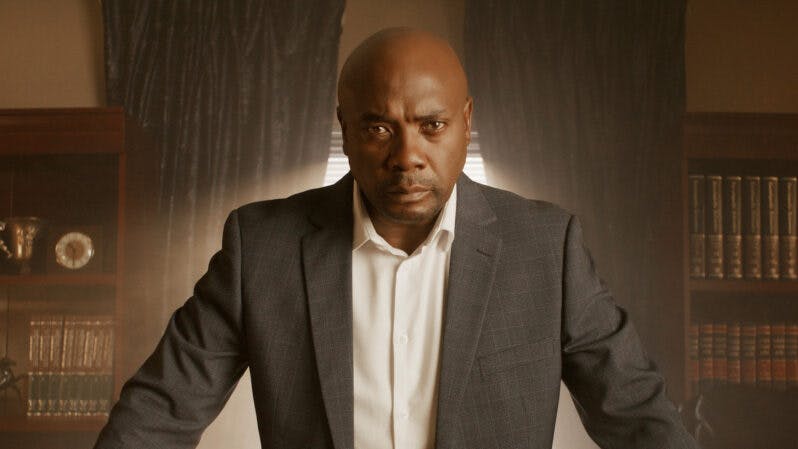
Empini S1
Stream the Showmax Original drama series Empini from 23 May 2024.
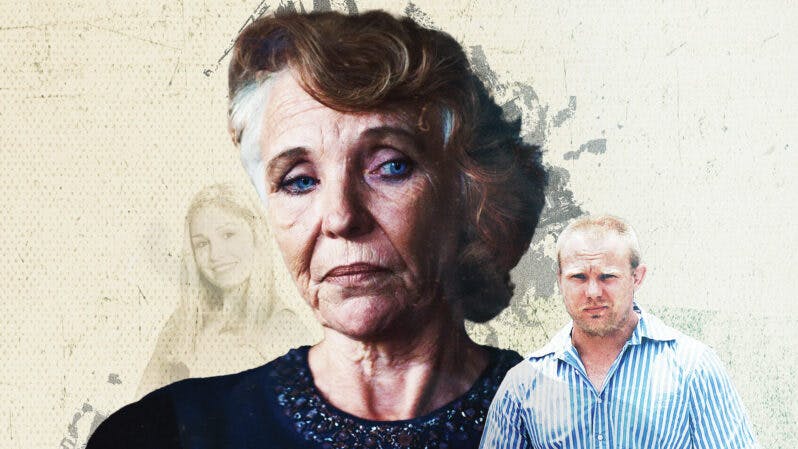
Original Sin: My Son The Killer
Original Sin: My Son The Killer follows the murder of Andrea Venter by Gerhard Jansen van Vuuren, who then went on the run from South Africa to Brazil.
Tracking Thabo Bester
From the makers of Devilsdorp and the director of Convict Conman comes the true-crime documentary South Africa has been waiting for. Two episodes now streaming, and the remaining two episodes land on 22 March 2024 on Showmax.
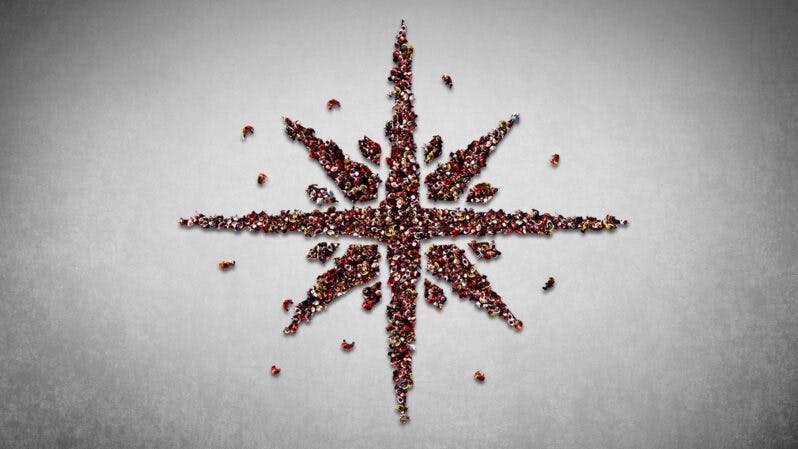
The Illuminated
The Showmax Original docuseries The Illuminated explores different religious movements in South Africa. Stream now, with new episodes every Wednesday.
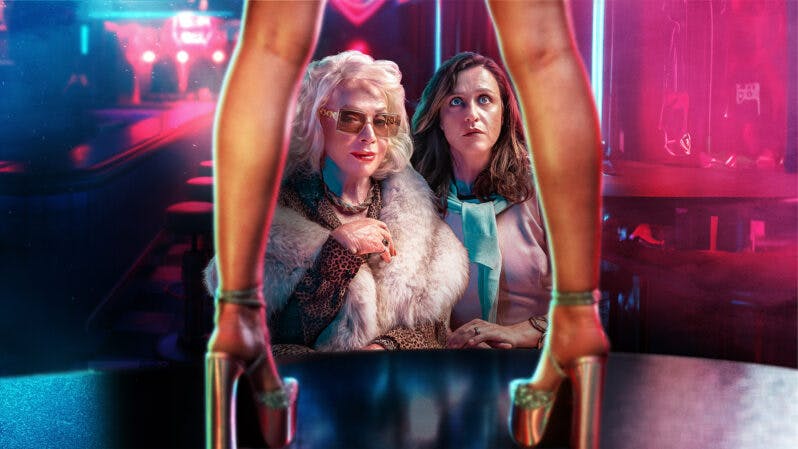
Koek S1
The crime comedy Koek, starring Cindy Swanepoel, now streaming on Showmax, with new episodes every Thursday.

Ekhaya Backpackers S1
Stream the Showmax Original comedy series Ekhaya Backpackers, with new episodes every Thursday.
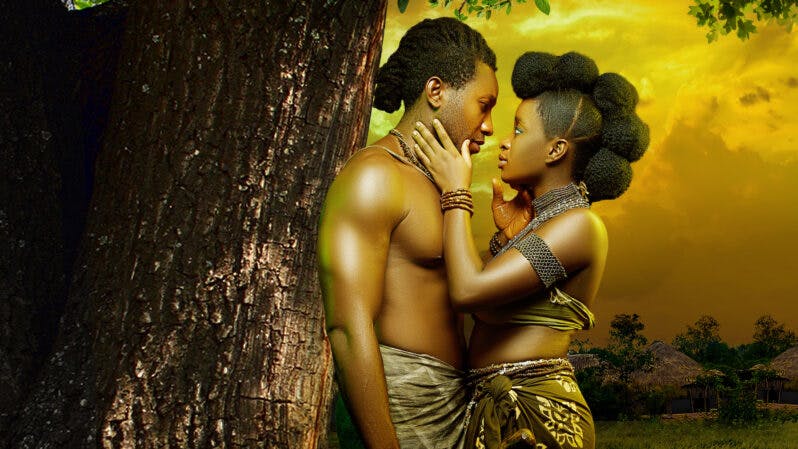
Cheta M
Cheta M explores the love story between Adanna and Nnanna, young lovers who battle the spiritual and political forces in their way. Stream now, with new episodes Wednesday to Friday.
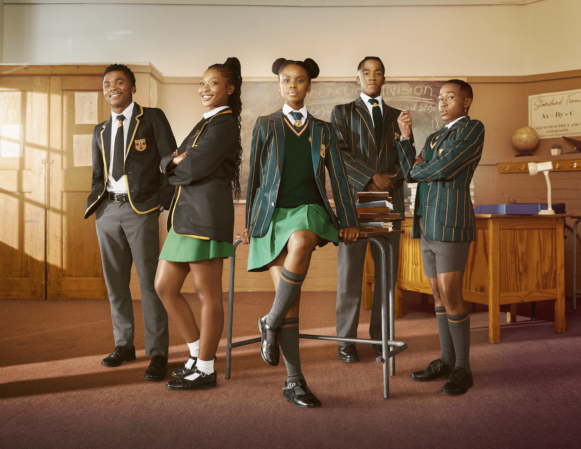
Youngins S1
Stream Tshedza Pictures’s first teen drama, Showmax Original Youngins, with three new episodes every week.
The Roast of Minnie Dlamini: The roast everyone's been waiting on
Empini, coming soon
More Mzansi gold
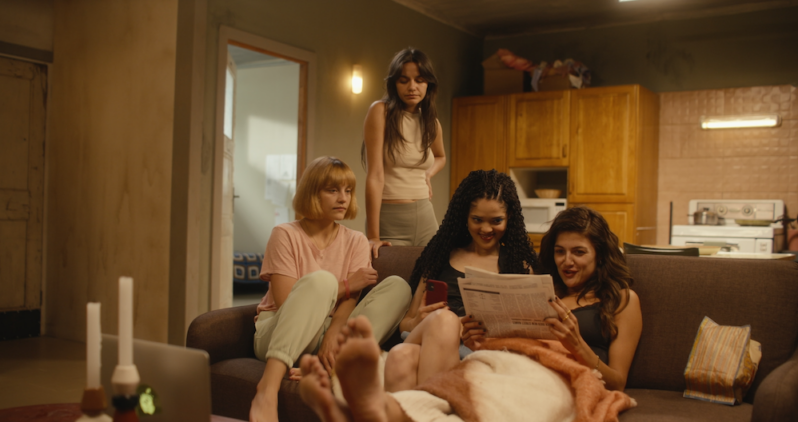
Your initiation into the cool, chaotic world of Wyfie
Feel like we’re almost at midterms but you stopped going to class after you skipped a couple of lectures? Let’s swot up on Episodes 1-24 of Showmax Original Wyfie.
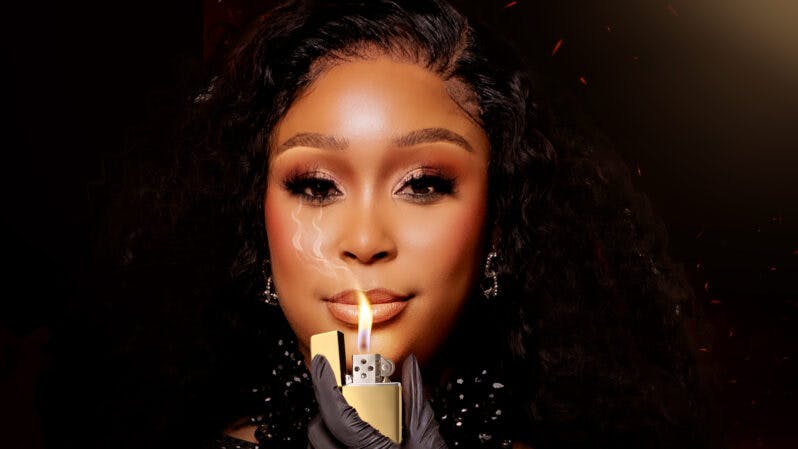
Must-watch trailer for The Showmax Roast of Minnie Dlamini
See the trailer for The Showmax Roast of Minnie Dlamini, premiering on Showmax this Friday, 26 April 2024.

Nambitha Ben-Mazwi stars in Showmax Original Empini
Multi-award winner Nambitha Ben-Mazwi leads new Showmax Original Empini. The action-packed drama series premieres on Showmax 23 May 2024.

Youngins Season 1 episodes 31-33 recap: Revelations
Amo and Mahlatse become a couple, Tumelo ditches Sefako, and Khaya sees both Sefako and Principal Mthembu in a new light in episodes 31-33 of Showmax Original Youngins.
